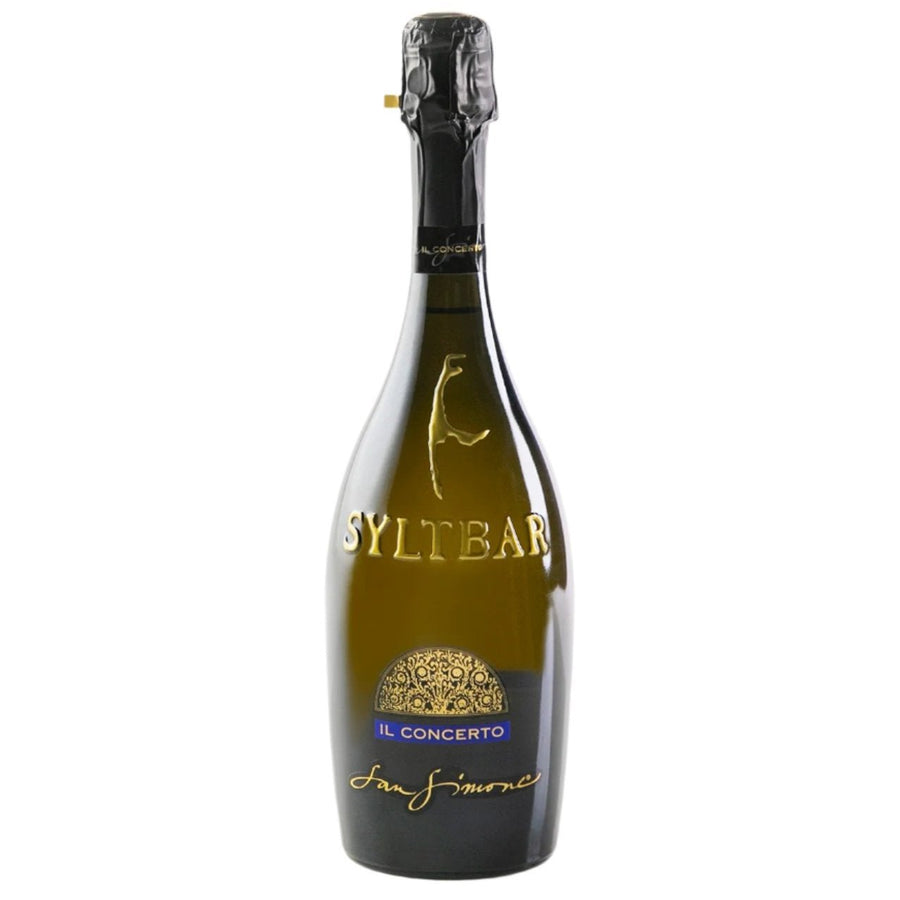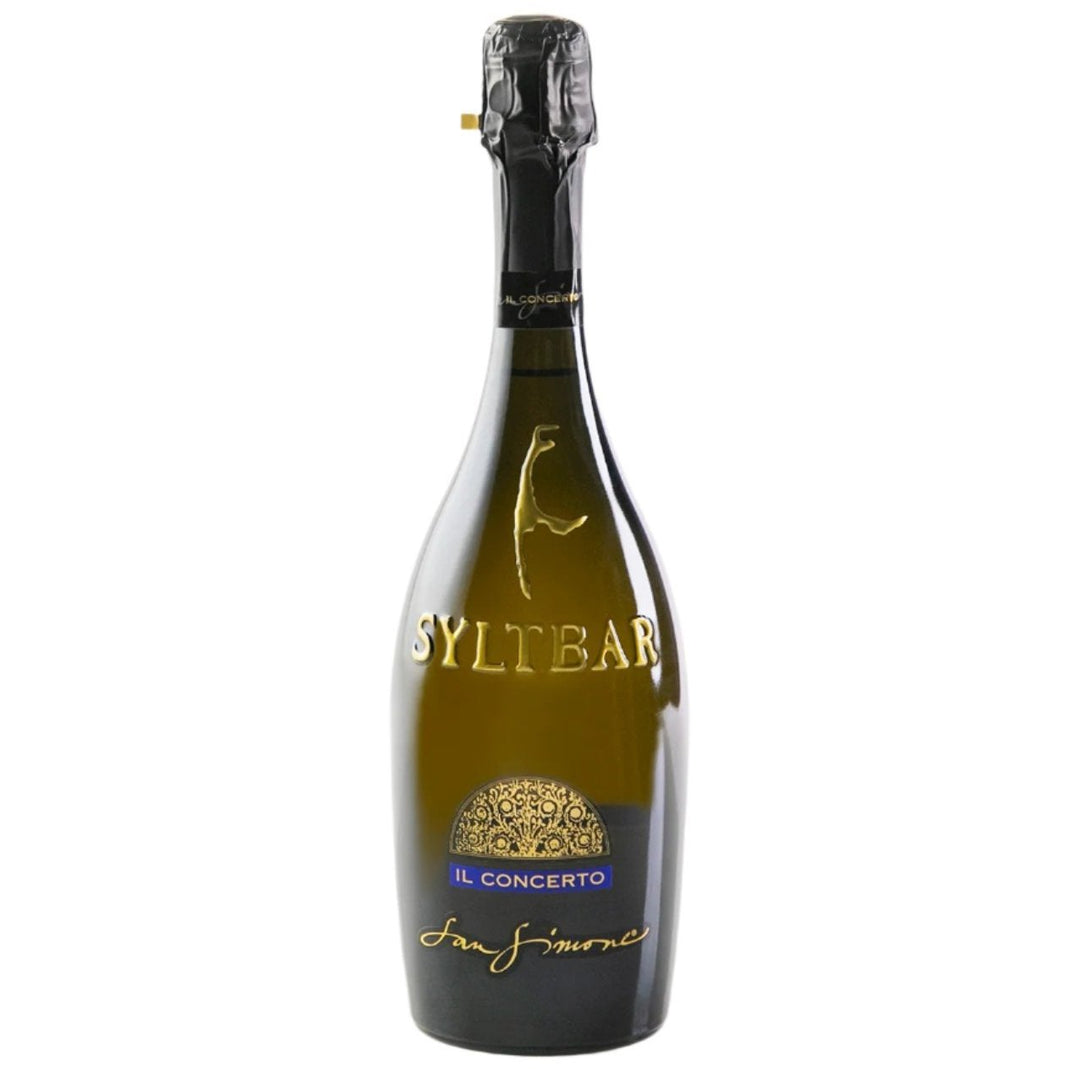All About the Carmenere Grape
The SYLTBAR Cabernet Franc is made exclusively from the Carmenere Grape. Learn a little more about this grape.

Carmenere is a variety that is often considered unique to Chile. However, few people know that Carmenere has been widely planted in Italy for a long time.
But how did Carmenere arrive in northeastern Italy?
Carmenere has a fascinating, original history.
It’s a vine that originated on the Dalmation Coast and spread throughout the Roman Empire in ancient times. This variety was grown especially in the Bordeaux region, and was long used in the typical blends of the area. However, due to its low productivity and difficulty of reaching full maturity (especially in an Atlantic climate like that of Bordeaux), Carmenere was not replanted after the phylloxera epidemic that struck Europe around the middle of the nineteenth century. This grape was considered extinct for a long time, until, only in 1994, DNA testing confirmed the opposite. It was discovered that Carmenere had travelled across the world, hiding in history. To the great surprise of scholars and growers, this vine was found widespread in Chile (where it had been confused with Merlot) and in the north-eastern regions of Italy.
In the second half of the 19th century, Carmenere was probably brought to the Italian area by travellers (there were in fact many who went to France for the harvest season). It was identified in some places under the name of Black Bordeaux or Old Cabernet and often mistaken for a degenerated and weaker form of Cabernet Franc. As a result, in the Veneto and Friuli regions, where it is quite common, this variety became for ampelographs, scholars and growers the prototype of the Cabernet Franc. At the time, in fact, the diversities between Carmenere and Cabernet Franc were attributed to variations in clones and, for propagation purposes, they were divided (incorrectly) into a French-type Cabernet Franc and an Italian-type Cabernet Franc, which would later prove to be Carmenere. But what distinguished Carmenere from Cabernet was its larger and sparser clusters, growth, low fertility, aroma and more intense color of its grapes (Ampélographie Universelle by P. Odart, 1849).
During the 1960s, Prof. Antonio Calò and Prof. Carmine Liuni studied what was known as Cabernet Franc in the Veneto region, comparing it with imported French collections of Cabernet Franc cultivated in that country and the differences between the two varieties began to emerge. It was the ampelographic studies and, above all, modern chemical analysis of the grapes and wine performed between 1988 and 1991 at the Istituto Sperimentale di Viticoltura in Susegana by professors Calò, Di Stefano and Costacurta, that brought to light enough diversities as to lead to the belief that the French and Italian clones were probably two different varieties. Confirmation of this discovery came with the entry of Carmenere into the register of vine varieties, resolving any doubts and opening the way for this new wine of which northeast Italy is now the cradle of its cultivation.
Italy
A similar situation occurred in Italy when, in 1990, the Ca'del Bosco Winery acquired what they thought was Cabernet Franc vines from a French nursery. The growers noticed that the grapes were different from the traditional Cabernet Franc both in color and taste. They also noticed that the vines ripened earlier than Cabernet Franc would have. Other Italian wine regions also started to doubt the origin of these vines and it was finally established to be Carménère. Although, in Italy, the variety is grown mainly in the northeast part of the country from Brescia to Friuli, it has only recently been entered into Italy's national catalog of vine varieties and thus "no district has yet requested the authorization to use it". Therefore, the wine "cannot be cultivated with its original name or specific vintage and the name cannot be used to identify the wine on the label with an IGT, DOC or a DOCG status assignment."[18] Ca' del Bosco Winery names the wine it produces Carmenero.
Explore more
Share this
Featured product
Featured product
It is time for SYLTBAR order now!
Join SYLTBAR mailing list
Sign up to receive delightful emails with deals, tips & more
or text CONNECT to 1-833 461-3379
MIGHT TAKE UP TO A MINUTE TO RECEIVE CODE TEXT! By texting CONNECT to us, you consent to receive marketing text messages through an automatic telephone dialing system at the number provided. Consent is not a condition to purchase. Text STOP to unsubscribe or HELP for help. Msg and data rates may apply. Read our privacy policy
SYLTBAR
Shop

*Total calories based on glucose and not by scientific testing. This statement has not been evaluated by the Food and Drug Administration. This product is not intended to diagnose, treat, cure, or prevent any disease.












